How Many Trees Would It Take To Reverse Climate Change
Planting trees doesn't always help with climate change
(Image credit:
Getty Images
)
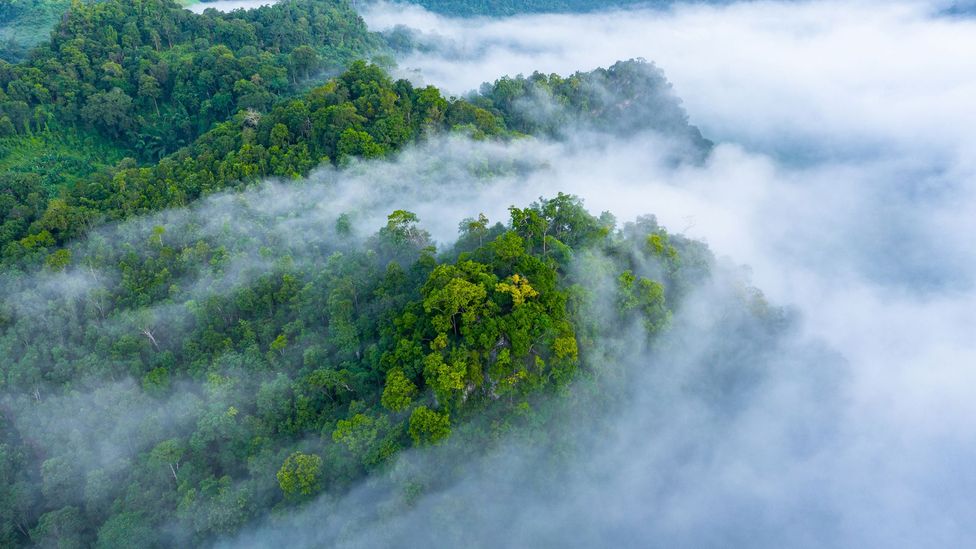
Reforestation is seen as a way to help cool the climate, sucking excess warming carbon out of the atmosphere. But it's not always that simple.
S
Suddenly we are all being told to plant trees. The hope is that they will save us from the worst effects of climate change.
The idea is everywhere. The Swedish climate activist Greta Thunberg has made a film arguing for extra protections for the world's forests, and for the replanting of those that have been cut down. George Monbiot, a columnist in the UK's Guardian newspaper, has founded a campaign called Natural Climate Solutions, which advocates restoring forests and other ecosystems.
This is not just talk. The UK government has planted millions of trees over the last decade, and has pledged another million between 2020 and 2024. Others have attempted far more dramatic feats: in 2016 one Indian state planted 50 million trees in one day, while in July last year Ethiopia claimed to have planted 350 million in a day. Even the UK's Daily Mail, a right-wing newspaper not known for its climate activism, has just launched a campaign encouraging all its readers to plant a tree.
You might also like:
- How do you bring a forest back to life?
- What would happen if all the trees disappeared?
- Is it wrong to be hopeful about climate change?
Protecting existing forests and planting new ones are surely good things to do. However, scientists say we must not place too much faith in trees to save us. In particular, last year one research group claimed we can plant a trillion extra trees and remove a quarter of the carbon dioxide currently in the air. These figures have been widely criticised as overhyped and unreliable. Trees will definitely help us slow climate change, but they won't reverse it on their own.
The underlying problem is that our society is releasing greenhouse gases, especially carbon dioxide (CO2), that are warming the Earth's climate to levels we have never experienced before. As a result the great ice sheets are melting, contributing to rising seas, and extreme weather events like hurricanes and droughts are becoming more severe.
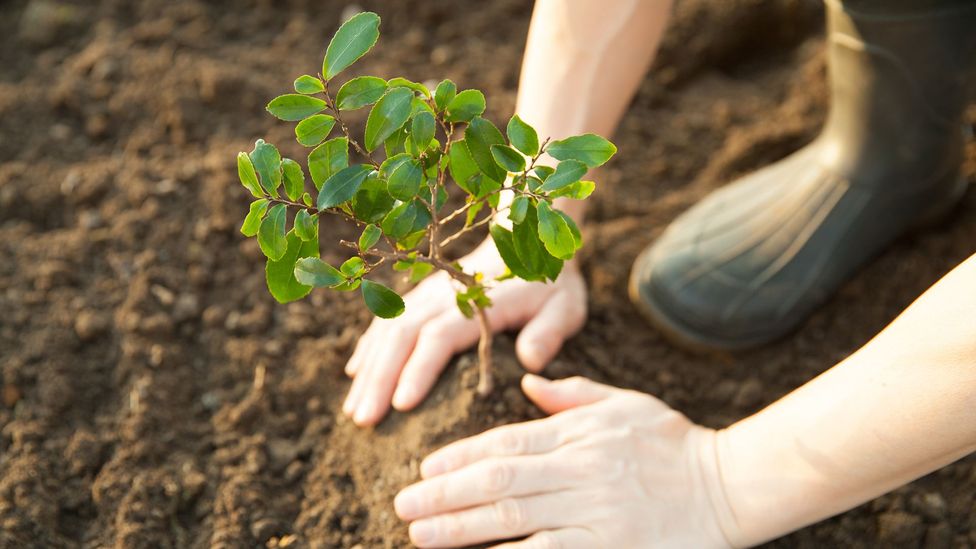
Trees have emerged as one of the most effective methods for drawing existing carbon out of the atmosphere (Credit: Getty Images)
The solution is to stop emitting all greenhouse gases, for instance by replacing fossil fuels with renewable energy sources like solar power. Deforestation is actually one of the biggest sources of carbon dioxide, because when trees are cut down much of the carbon stored within them escapes into the air – especially if the wood is burned. For instance, in 2017 land use changes – mostly deforestation – contributed four billion tonnes of CO2 emissions to the global total of 41 billion tonnes of CO2. In other words, if we stopped cutting down trees we would cut our annual emissions by about 10%.
However, simply stopping all our emissions is no longer enough. At this point we have emitted so much CO2, and left emissions cuts so late, that we are almost certain to miss our targets of limiting warming to 1.5C or 2C. That means we must also find ways to actively remove CO2 from the air.
All sorts of technological approaches have been proposed, but trees are an obvious contributor. New trees can either be planted in regions that have been deforested (reforestation) or in places that have never had them before (afforestation). As the trees grow they pull in CO2 through their leaves and convert it into carbohydrates, which they use to grow. So long as a tree lives, that carbon stays within it – and trees can live for decades or centuries. Trees are a natural "carbon sink". It follows that we should both stop chopping down forests – especially tropical ones like the Amazon, which store huge amounts of carbon – and start planting more.
By some estimates, trees can be an enormous carbon sink. A study published in July 2019, led by Thomas Crowther of ETH-Zurich in Switzerland, estimated the world has room for an extra 0.9 billion hectares of forest. Once those trees had matured, they could store 752 billion tonnes of CO2. Planting trees, the team wrote, is "one of the most effective carbon drawdown solutions to date".
This finding has had immediate, fierce pushback from other climate scientists. In October 2019, the journal Science published four highly critical comments. These argued that the researchers had overestimated the carbon trees could store – by a factor of five. They also highlighted multiple mistakes. For instance, much of the land Crowther described as "available" for tree planting already has plants growing on it, all of them storing carbon, many of which would have to be removed, according to Sonia Seneviratne of ETH-Zurich and her colleagues.
The criticism hit home and, in May 2020, Crowther's team published an extensive correction, in which they admitted that some of their headline claims were "incorrect" and that the data contained "errors".

Replanting trees nearer the poles is not as effective at drawing back carbon as trees planted in the tropics (Credit: Getty Images)
The criticism has hit home. In May 2020, Crowther's team published an extensive correction, in which they admitted that some of their headline claims were "incorrect" and that the data contained "errors".
There are also deeper problems, because trees have more than one way to affect the climate.
The first issue is that trees are dark, at least compared to other things that might blanket the land, such as grass or snow. As a result, planting more trees typically makes the land darker. Since dark surfaces absorb more heat, a dark tree-covered surface will trap more of the Sun's heat – and warm the local climate.
As a result, there is a delicate balance between trees' ability to take in CO2, reducing warming, and their tendency to trap additional heat and thus create warming. This means planting trees only helps stop climate change in certain places.
Specifically, according to a 2007 study that has been repeatedly confirmed, the best place to plant new trees is the tropics, where trees grow fastest and thus trap the most CO2. In contrast, planting trees in snowy regions near the poles is likely to cause a net warming, while planting them in temperate climates – like that of the UK, much of Europe and parts of the US – may have no net effect on climate.
"You have to be careful where you do reforestation," says David Beerling of the University of Sheffield in the UK.
Others say this problem is overblown. "They're assuming that snow cover's going to stay there with warming," says Beverly Law of Oregon State University in Corvallis. She points out that the polar regions are warming faster than the rest of the planet, so much of the snow may melt in the coming decades – in which case planting trees will not make the ground that much darker. "That's been kind of a red herring that's held out there a lot," says Law.
The other thing trees do is emit volatile chemicals into the air. "That's the pine-y smell you get when you walk through a forest," says Dominick Spracklen of the University of Leeds in the UK. These chemicals stick together to form tiny floating particles called aerosols, which have complicated effects.
For example, the aerosols create a faint haze. This scatters sunlight back into space, cooling the planet. "Probably the more important effect is those particles act as seeds for cloud droplets," says Spracklen. This creates more low cloud, or thicker low cloud, which also bounces sunlight back to space.
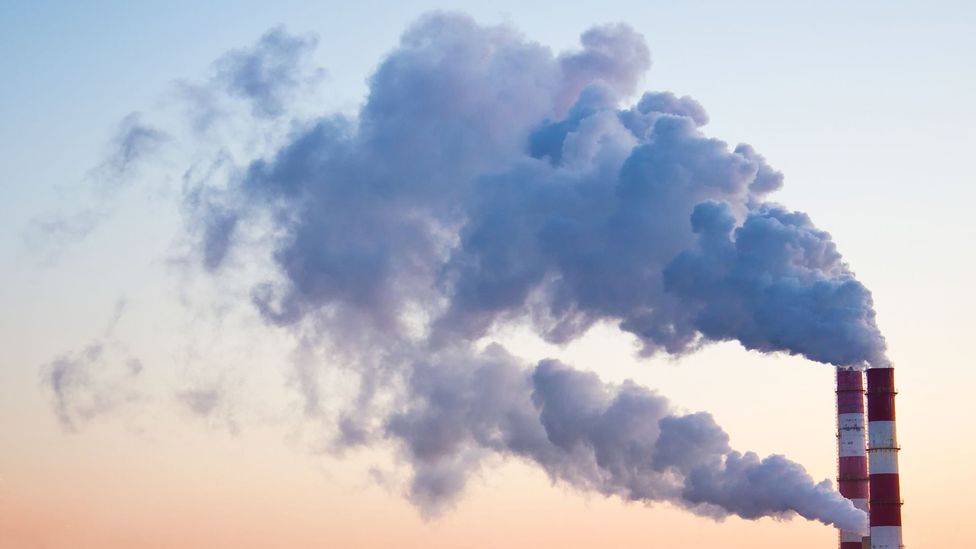
Planting trees can play a part in reducing carbon in the atmosphere – but it cannot reverse global warming on its own (Credit: Getty Images)
However, the trees' emissions can also lead to warming if they react to form the greenhouse gas methane, or ozone, which is a greenhouse gas at low altitudes. For Nadine Unger of the University of Exeter in the UK, this is a major problem. "The mutual relationships between forests and climate are actually really rather more complex and not fully understood," Unger told the James Lovelock Centenary conference at the University of Exeter in July 2019.
In 2014 Unger calculated that, by chopping down forests from 1850 to the 2000s and thus preventing them emitting volatiles, we have created a cooling effect that slightly offset the warming from greenhouse gas emissions. Shortly afterwards she wrote an opinion piece for the New York Times headlined "To save the planet, don't plant trees".
However, other reforestation experts are critical of Unger's findings. "The overall effect is quite small," says Spracklen, who has studied the effects of aerosols. "Then the carbon storage blows all the rest out of the water." Law agrees, saying the effects of aerosols are also "a red herring".
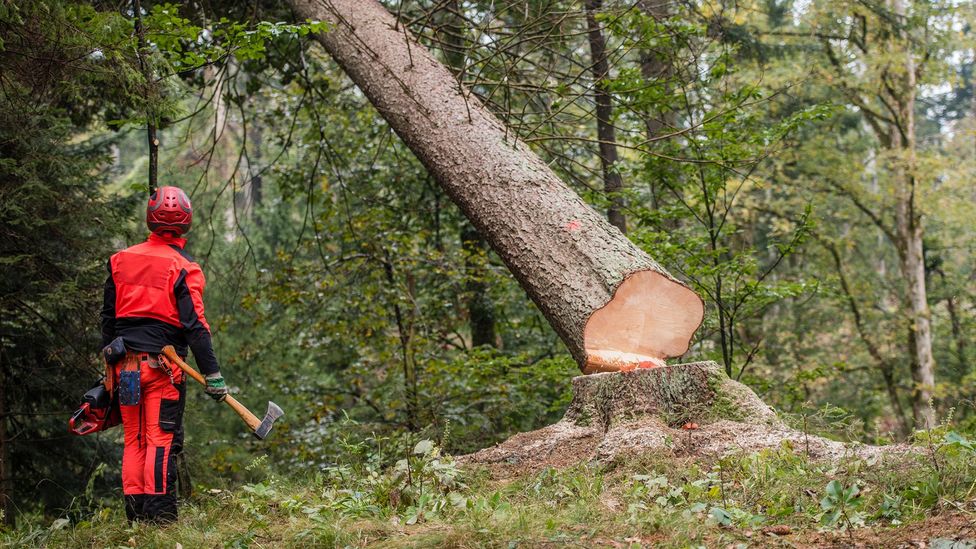
When trees are cut down, it is important that the carbon they contain is not released again into the atmosphere (Credit: Getty Images)
The UK's Royal Society came to similar conclusions in a 2018 report on greenhouse gas removal technologies. They estimated that reforestation could remove three billion to 18 billion tonnes of CO2 per year. These are significant numbers.
Uncertainties do remain, however. For instance, the climate will keep changing for many decades, and this will affect trees' behaviour and growth – but we don't really know how yet. "There's still a question mark," says Beerling. "Will they be limited by nutrient availability or increased fire or increased drought?" Similarly, planting trees in dry areas can cause water scarcity because they suck up so much – as China has discovered.
However, there are also surprise benefits of planting trees. For instance, a 2018 study suggested that large-scale tree planting in dry tropical regions would cause a shift in weather patterns, leading to more rainfall on land – enabling more plant growth and therefore more carbon storage.
Also, planting trees is not just about stopping climate change. "As well as the climate emergency, we're facing a biodiversity crisis," says Spracklen. Planting trees can help with both, he says, "but only if we do it right".
At the moment a lot of the trees being planted are monocultures of fast-growing commercial species like acacia or eucalyptus. These have "virtually no biodiversity benefits and may even replace something that was better". It would be better to restore species-rich forests, he says. In line with this, Law has highlighted that planting rich new forests can boost local biodiversity, as well as improving water availability.
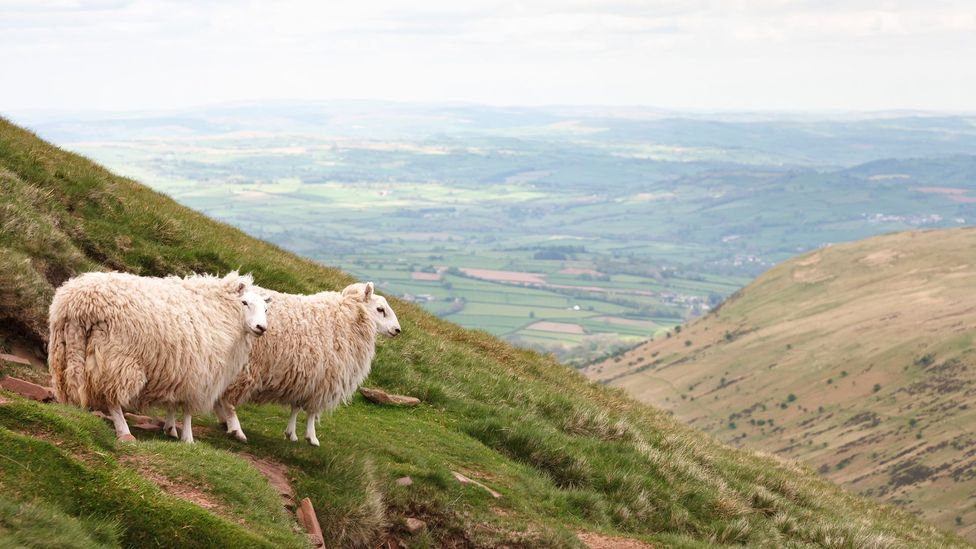
Areas that are now used for farming – such as rearing sheep on hill country – can be difficult to reforest (Credit: Getty Images)
The real uncertainties are not scientific, but socio-political. Put simply, where will people and nations allow the large-scale planting of trees? "As soon as you get down onto the land, there's people living there and they have aspirations for how they want to live their lives that maybe don't involve tree-planting," says Spracklen. "There's virtually nowhere where land's just lying idle and you can just come along and do that."
He points to the Welsh hills, which are severely deforested and consequently lacking in wildlife – but which are politically difficult to reforest because they are dominated by the sheep-farming industry. Similar conflicts over land use exist in all countries.
The message, then, is that trees can play a significant role in stopping dangerous climate change – provided we plant them in the right places. The challenge will be finding ways to fit huge new forests into our societies in such a way that people accept them.
* This article has been edited on 3 June 2020 to add details of the correction issued in Science on the paper by Thomas Crowther and his team.
--
Join one million Future fans by liking us on Facebook , or follow us on Twitter or Instagram .
If you liked this story, sign up for the weekly bbc.com features newsletter , called "The Essential List". A handpicked selection of stories from BBC Future, Culture, Worklife, and Travel, delivered to your inbox every Friday.
How Many Trees Would It Take To Reverse Climate Change
Source: https://www.bbc.com/future/article/20200521-planting-trees-doesnt-always-help-with-climate-change
Posted by: johnsonthaden.blogspot.com

0 Response to "How Many Trees Would It Take To Reverse Climate Change"
Post a Comment